Bald Eagle Population Soars In Northern California, Here’s Where You Can Spot Them
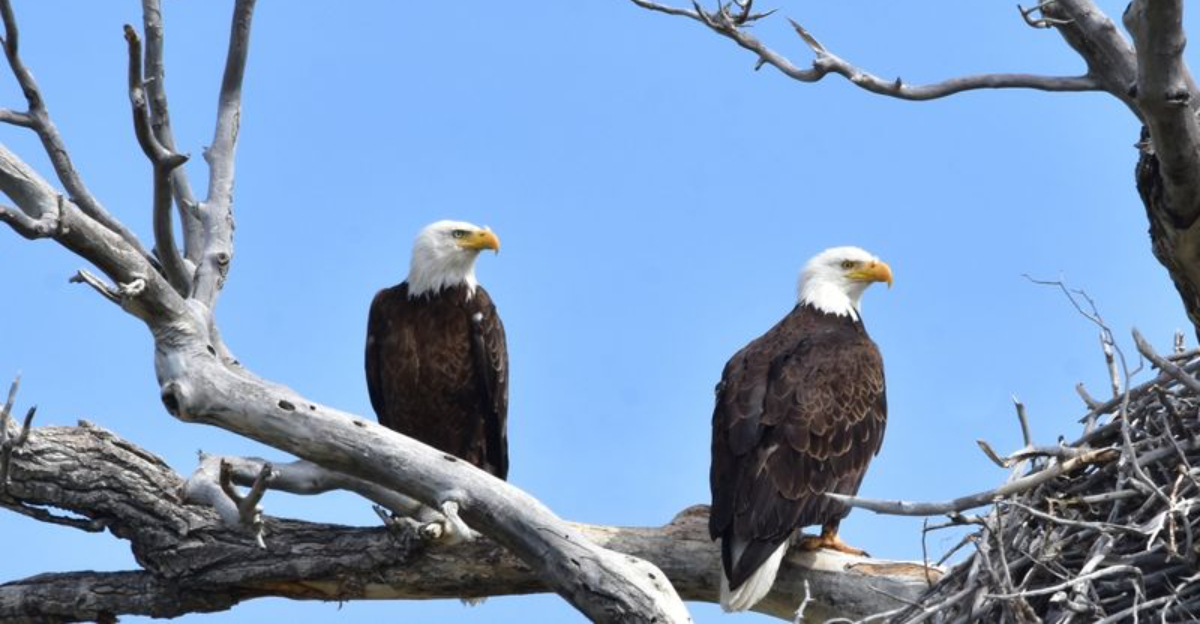
Bald eagles are making a remarkable comeback across Northern California’s skies after decades of population decline. These majestic birds, once critically endangered, have rebounded thanks to conservation efforts and environmental protections.
Their increasing numbers offer wildlife enthusiasts unprecedented opportunities to witness America’s national bird in its natural habitat throughout the region’s lakes, rivers, and forests.
Bald Eagle Goes From Endangered To Thriving
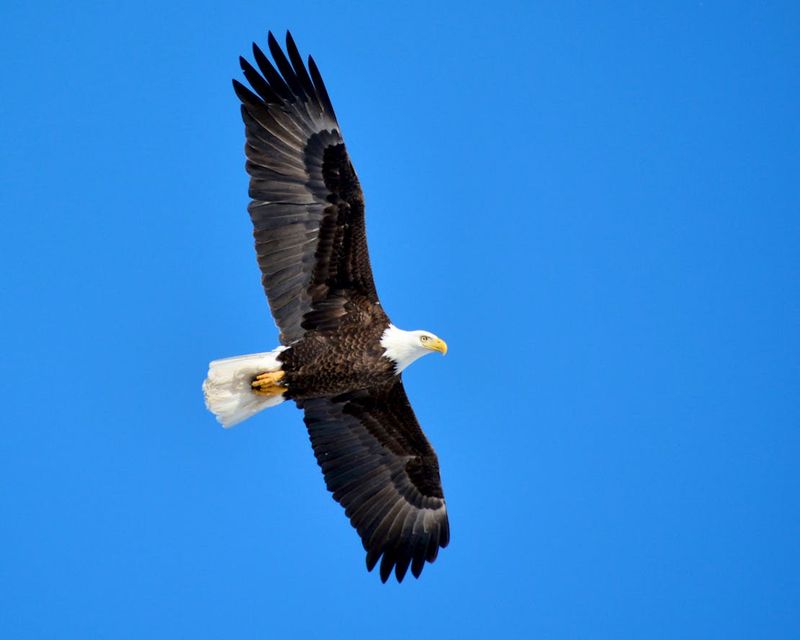
Just fifty years ago, fewer than 30 nesting pairs remained in California. DDT pesticides devastated eagle populations by causing thin eggshells that broke during incubation.
Today, over 300 breeding pairs soar across Northern California’s skies, marking one of conservation’s greatest success stories. Their protection under the Endangered Species Act in 1978 proved crucial to this incredible turnaround.
Why Northern California Is Becoming A Bald Eagle Hotspot
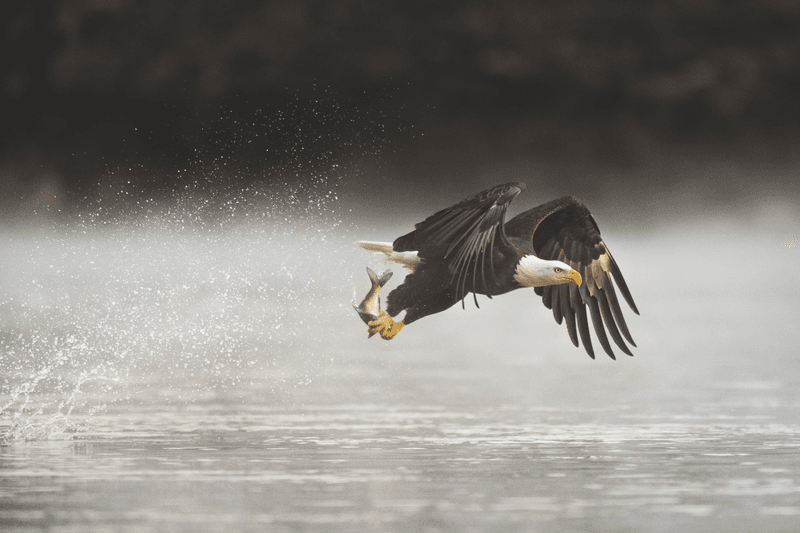
Northern California’s diverse landscape creates perfect conditions for eagle prosperity. Abundant waterways teeming with fish provide essential food sources, while towering trees offer ideal nesting sites.
The region’s protected wilderness areas shield eagles from human disturbance. Mild winters compared to more northern territories also encourage year-round residence rather than complete migration, contributing to the area’s growing eagle population.
Key Factors Contributing To The Bald Eagle’s Recovery In California

The 1972 ban on DDT transformed eagle breeding success overnight. Suddenly, eggshells developed properly, allowing more eaglets to hatch successfully.
Habitat protection through legislation like the Clean Water Act improved water quality, boosting fish populations – eagles’ primary food source. Meanwhile, public education campaigns reduced shooting incidents and nest disturbances, giving these magnificent birds the space they needed to recover.
Where To Spot Bald Eagles In Northern California
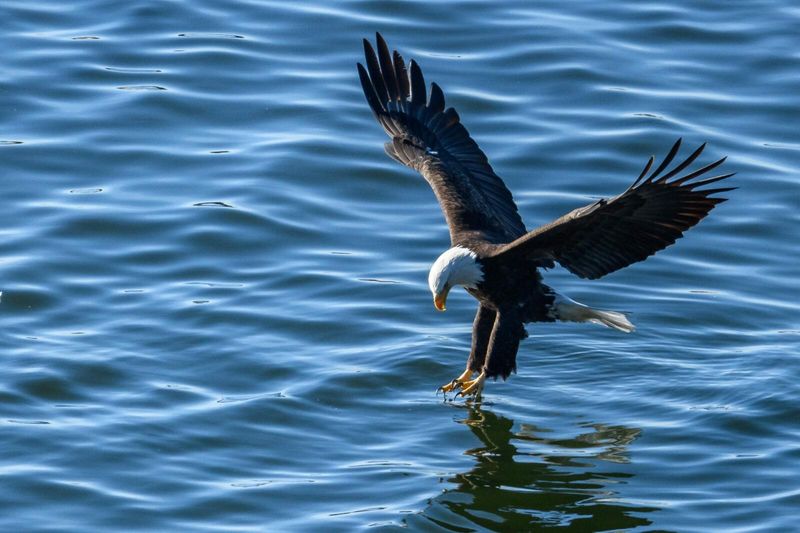
Shasta Lake stands as eagle-watching royalty, with dozens of nesting pairs visible year-round. The lake’s sprawling arms create perfect fishing grounds for these skilled hunters.
Eagle Lake near Susanville lives up to its name with reliable sightings, especially during winter. For Bay Area residents, the Klamath Basin National Wildlife Refuge hosts one of California’s largest winter eagle concentrations, with over 100 birds gathering between November and March.
The Best Times Of Year To See Bald Eagles In Northern California
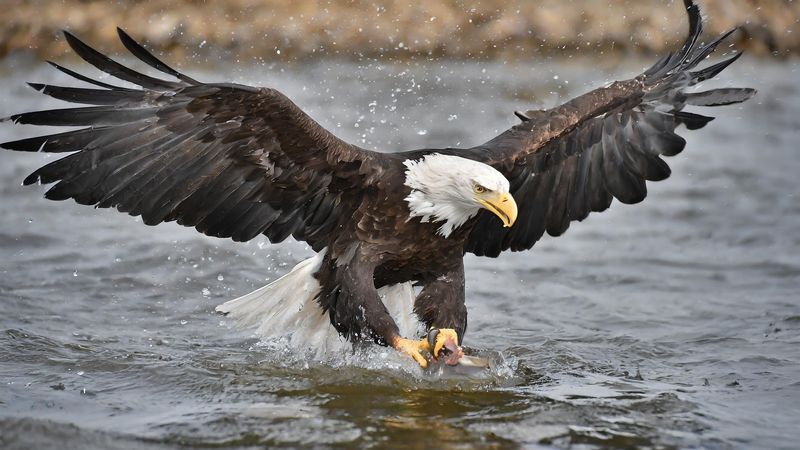
Winter transforms Northern California into an eagle paradise! November through February brings migrating eagles from Canada and Alaska, dramatically increasing your chances of spotting these magnificent birds.
March and April offer fascinating glimpses of nesting behaviors as pairs build or refurbish their massive nests. Early mornings provide peak activity periods when eagles hunt actively, especially around lakes and rivers where fish are plentiful.
How To Safely Observe Bald Eagles In The Wild
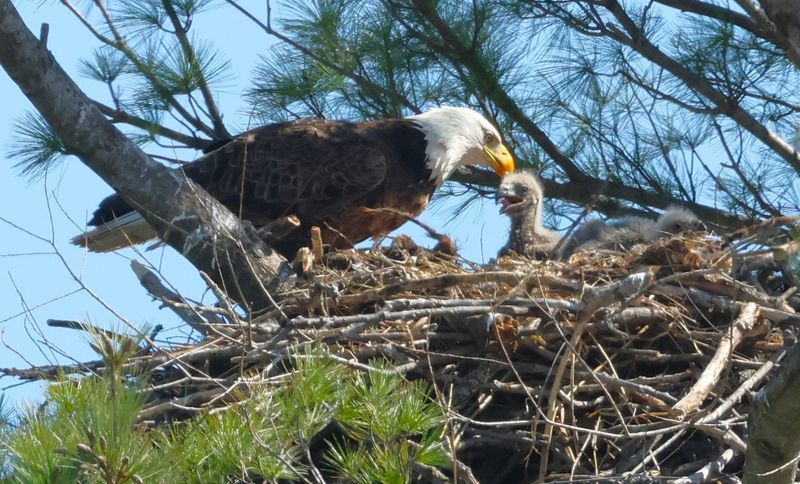
Maintain at least 330 feet distance from nests to prevent stress on these sensitive birds. Even minor disturbances can cause parents to abandon eggs or nestlings.
Quality binoculars or spotting scopes eliminate the need to approach closely. Stay quiet and move slowly when eagles are nearby. Vehicles make excellent viewing blinds – eagles often perceive cars as non-threatening compared to people on foot.
Bald Eagle Nesting Habits
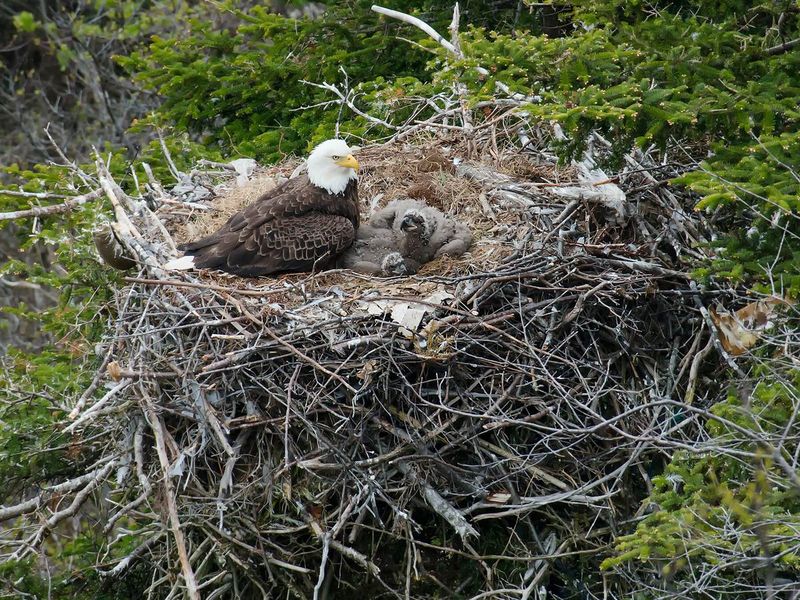
Eagles construct the largest nests of any North American bird – some weighing up to a ton! Pairs typically select the tallest trees with commanding views of water bodies, ensuring easy fishing access.
Mated eagles reuse and expand the same nest for decades, adding up to two feet of material annually. This nest fidelity makes protecting established nesting sites critical for population stability, as eagles may abandon territories if suitable nesting trees disappear.
The Role Of Conservation Organizations
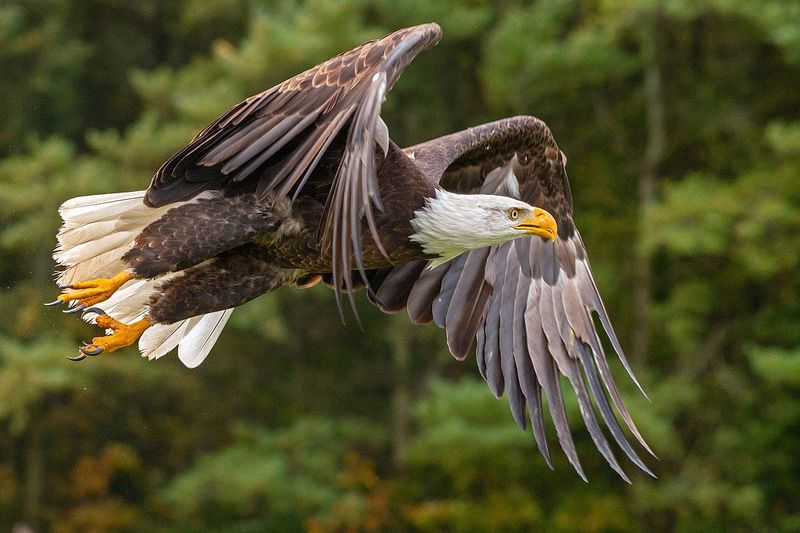
The Pacific Coast Raptor Center rehabilitates injured eagles, returning dozens to the wild annually. Their work provides crucial second chances for birds suffering from lead poisoning, collisions, or human interactions.
Meanwhile, the California Raptor Observatory conducts essential population monitoring. Volunteer-driven organizations like the Eagle Conservation Alliance coordinate citizen science projects that track nesting success rates, helping biologists understand population trends and identify emerging threats before they become critical.
The Impact Of Human Activity
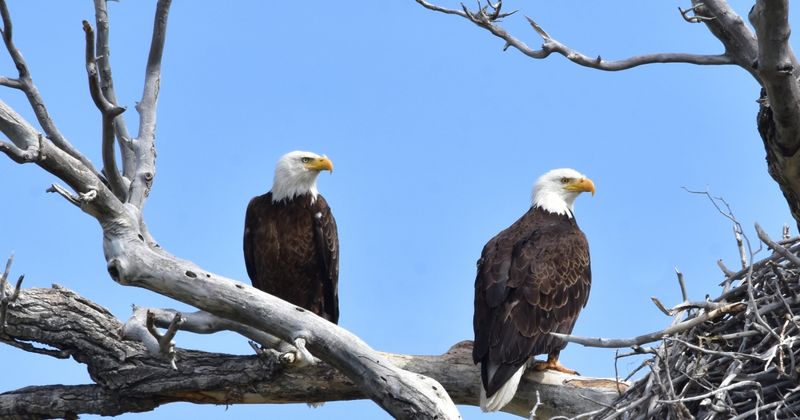
Lead poisoning remains a silent killer. Eagles ingest toxic lead fragments when consuming animals shot with lead ammunition, causing painful deaths or neurological damage.
Shoreline development destroys crucial nesting habitat, while recreational activities like boating can disrupt feeding patterns. Power lines pose collision risks during hunting dives. Despite these challenges, eagles show remarkable adaptability – some pairs now successfully nest near suburban areas with sufficient prey and minimal disturbance.
What You Can Do To Help Protect Them
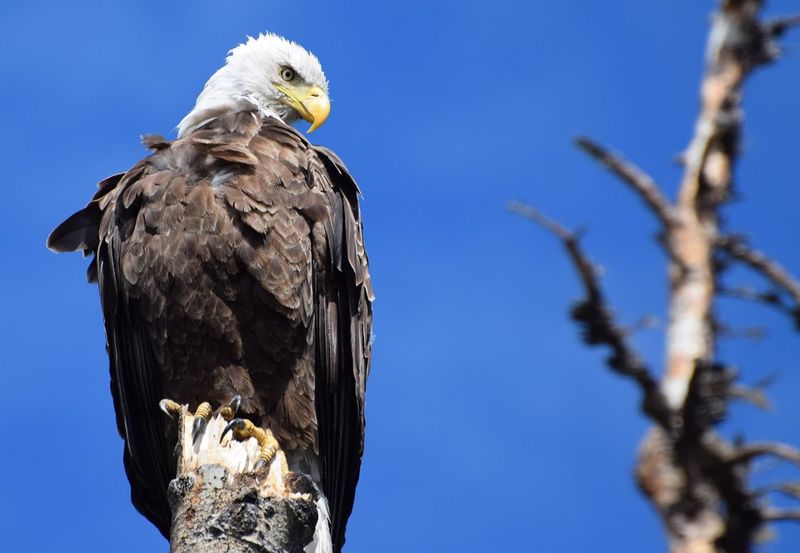
Report eagle sightings to wildlife agencies through easy-to-use mobile apps like iNaturalist. These citizen observations provide valuable data for conservation efforts without expensive research programs.
Support copper-free fishing tackle and non-lead ammunition initiatives to prevent accidental poisonings. Keep shorelines clean – fishing line entanglement causes numerous eagle injuries annually. Consider volunteering as an eagle nest monitor during breeding season to help track population health.
Challenges Bald Eagles Still Face Despite Population Growth
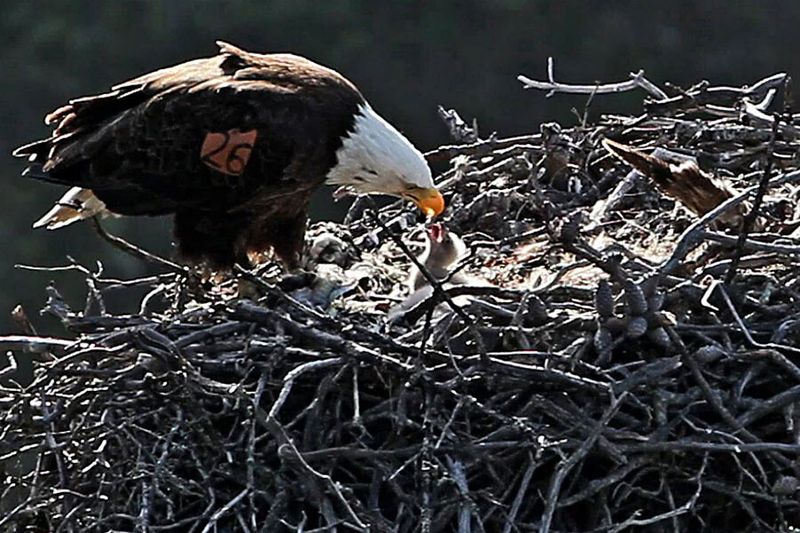
Climate change threatens eagle food sources as warming waters impact fish populations. Prolonged droughts shrink lakes and reduce prey availability, forcing eagles to travel farther to hunt.
Wildfire intensity has increased dramatically, destroying ancient nesting trees that eagles depend on. Disease outbreaks like avian influenza pose emerging threats. Despite these challenges, eagles demonstrate remarkable resilience – adapting hunting techniques and exploring new territories as conditions change.
The Symbolic Significance Of Bald Eagles To Americans And Wildlife Conservation
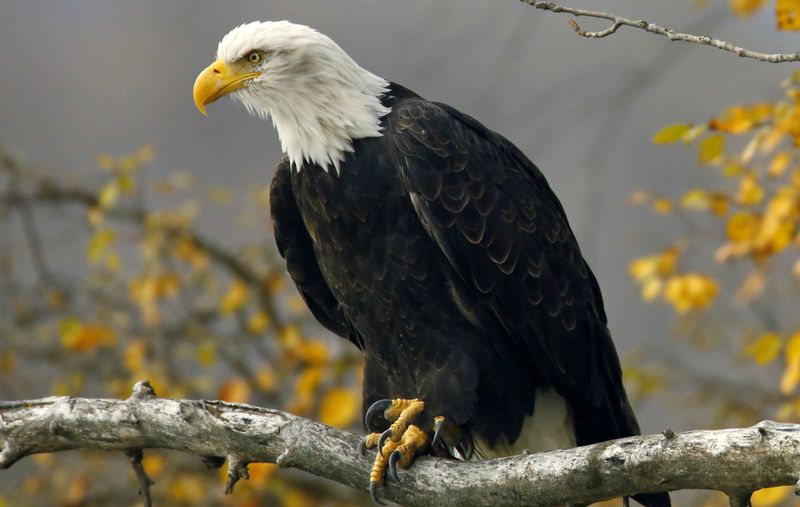
“When we save the eagle, we save a piece of America.” These words from a 1970s conservation campaign captured why Americans rallied behind eagle protection efforts.
As our national emblem since 1782, the bald eagle represents freedom and strength. Their recovery symbolizes what’s possible when science, policy and public support align. For Native American tribes across Northern California, eagles hold profound spiritual significance as messengers between humans and the spirit world.
What’s Next For The Bald Eagle In Northern California?
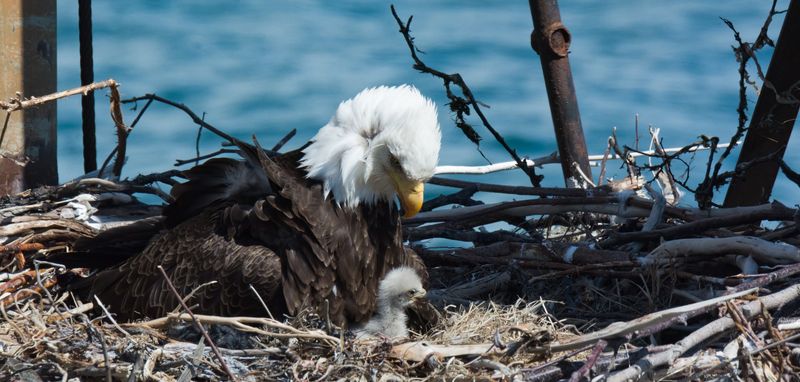
Biologists predict continued population growth in previously unoccupied territories across the Sierra foothills. Advanced tracking technology now reveals migration patterns and habitat use with unprecedented detail.
Genetic studies show encouraging diversity within California’s eagle population, suggesting resilience against disease. Conservation efforts are shifting toward protecting migration corridors and expanding buffer zones around established nesting areas. The next decade looks promising for these magnificent birds of prey.
Eagle-Watching Etiquette
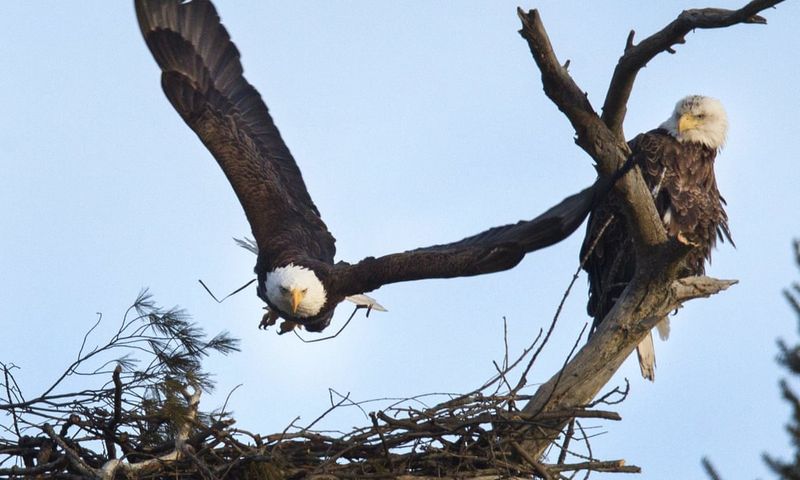
Responsible eagle-watching begins with patience. Rushing or pursuing eagles for photographs causes unnecessary stress that impacts their feeding and breeding.
Keep dogs leashed in eagle territory – even distant barking can spook these cautious birds. Never feed eagles to attract them closer, as human food damages their health and creates dangerous dependencies. Photograph respectfully using telephoto lenses rather than approaching nests for close-ups.






